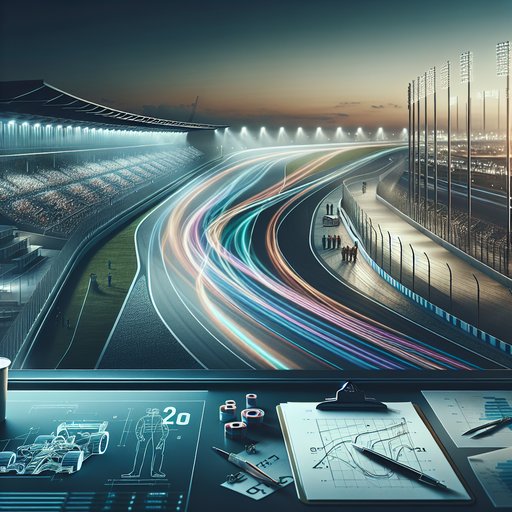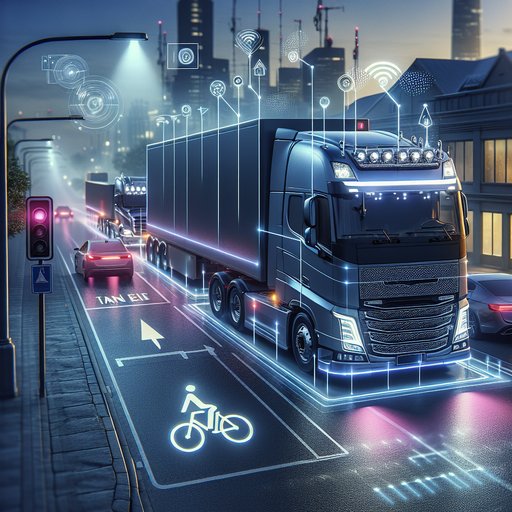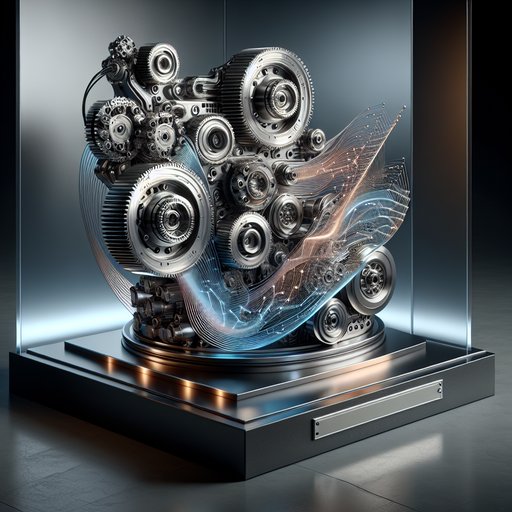
Before Formula 1 fires up an engine, a venue must pass one of motorsport’s most exacting gatekeepers: the FIA’s circuit homologation process. This is where high-speed ambition meets data, engineering, and medical planning, determining which layouts earn the coveted Grade 1 license required to host Grands Prix. The standards evolve alongside the cars, which is why classic venues are reshaped and newcomers like Las Vegas have been purpose-built to modern criteria. With projects such as Madrid’s 2026 urban circuit moving through design reviews and long-standing tracks continually upgrading, FIA certification has become a living blueprint for how F1 balances spectacle with safety in the 21st century.

Small modular reactors and advanced nuclear designs are re-entering the energy conversation for a simple reason: the world needs firm, low-carbon power that can be built faster and integrated more flexibly. Over the past decade, nuclear technology has absorbed hard lessons from past accidents, tightened global standards, and redesigned systems around passive safety and simplified operation. At the same time, countries are proving that modern plants can be delivered, and that nuclear waste can be managed responsibly with well-understood engineering. The result is a new generation of projects that aim to complement wind and solar, support industrial decarbonization, and reduce risk by building smaller and smarter rather than simply larger.

From blind‑spot radars to automatic emergency braking, safety tech in heavy trucks is moving from optional to expected. This week, fleet managers across Europe are finalizing 2026 orders to align with incoming EU rules that require front and side detection for vulnerable road users, while Australian buyers are preparing for the first phase of an AEB mandate to kick in late this year. North American carriers, anticipating federal action, continue speccing collision‑mitigation suites as standard on new Class 8 tractors. The result is a measurable shift: fewer urban sideswipes, fewer high‑speed rear‑end crashes, and more proactive maintenance driven by data rather than luck.

From design studios to museum floors, the latest high-performance drivetrains are being presented as works of kinetic art—objects where sculpture meets code. This report summarizes the mechanical craft and the software intelligence now shaping supercars and hypercars, drawing on examples celebrated by curators, prized by collectors, and tested before live audiences at major shows. The immediate impact is tangible: crisper launches, sharper corner exits, and efficiencies that extend performance without sacrificing character.